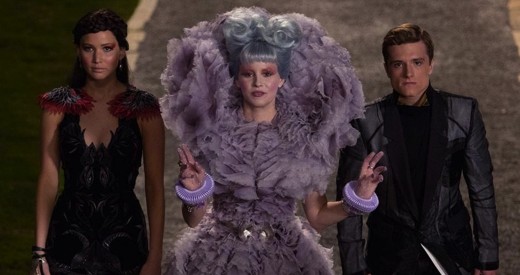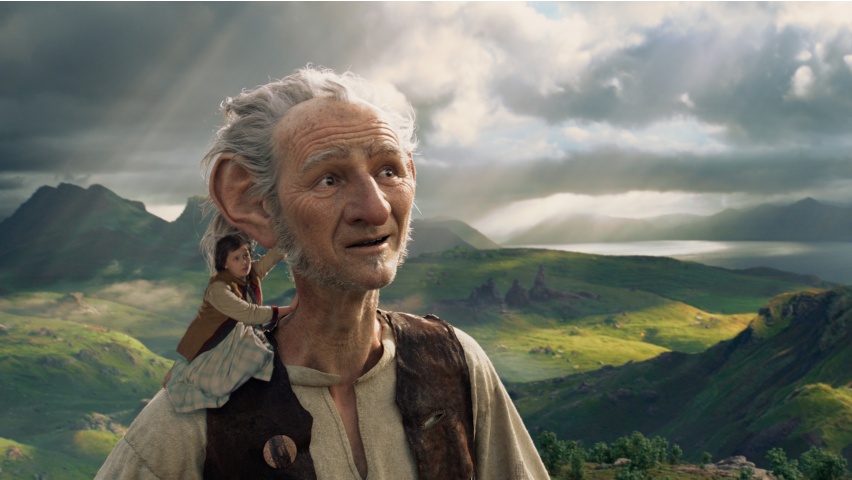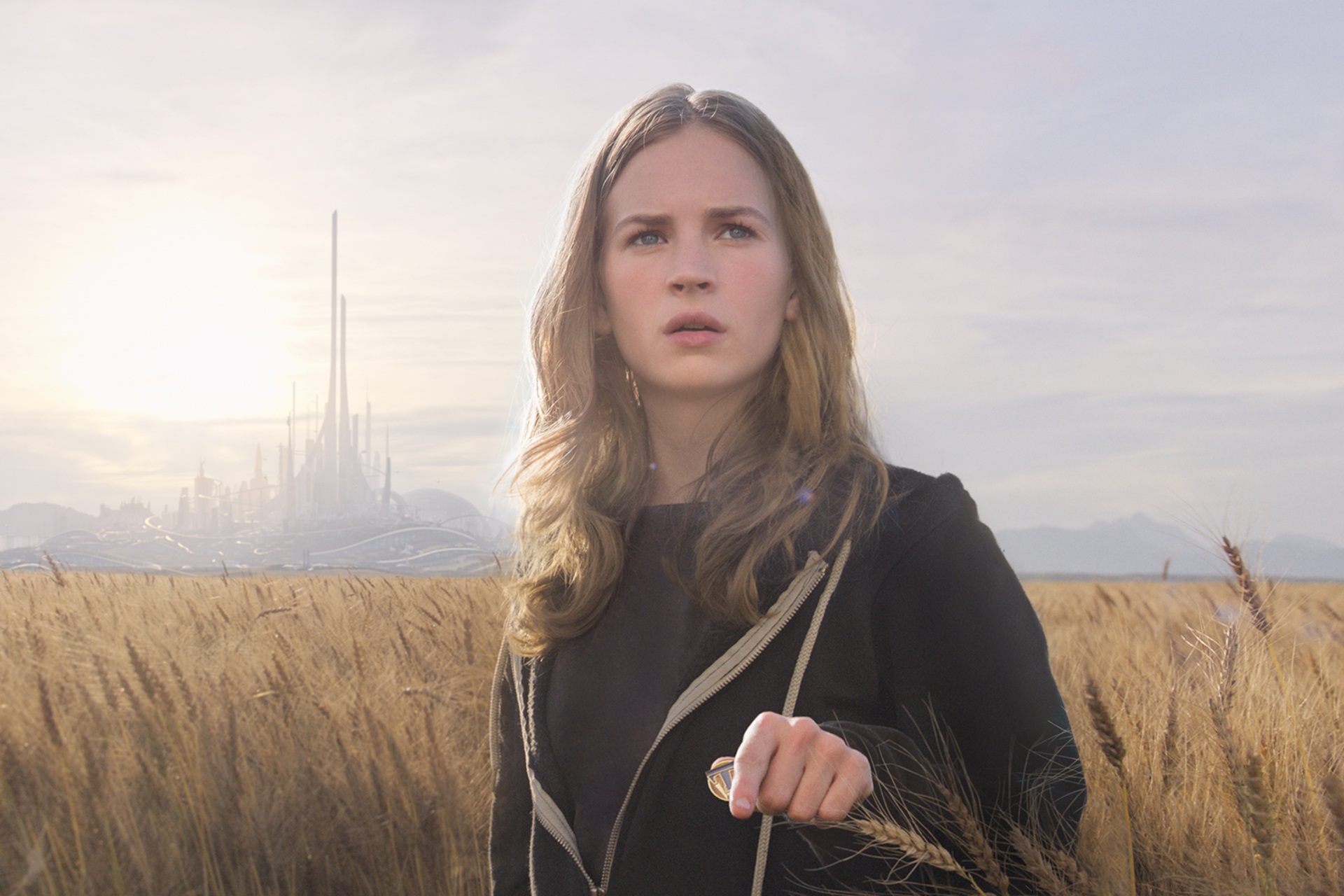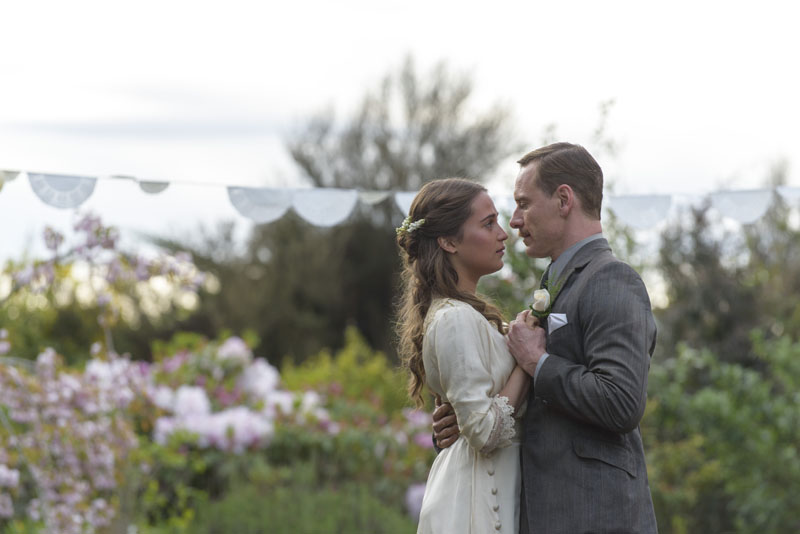One thing we can all be sure of, The Hunger Games: Catching Fire is a sure thing. Make no bets to the contrary; this movie is going to be a box office monster. Luckily for most viewers who haven’t read the books this is a series with actual substance. Sure, there is a rabid fan base that is akin to the Twilight saga but thankfully the films are striving to be more than pale people staring at each other (although there is some of that.) With Catching Fire, Director Francis Lawrence has improved on the original film in almost every conceivable way. His visual acumen aside, Lawrence has given us a much larger, bolder vision of this universe while maintaining and expounding on the relationships said crazy-fans crave.
Catching Fire begins several months after the original ended. Katniss (Jennifer Lawrence) is now living in “Victor’s Village” in District 12 – a small-gated community built and maintained only for winners of the Hunger Games. She lives with her mother and sister. Her “false” love from the first film Peeta Mellark (Josh Hutcherson) lives in the mansion across the street. Since realizing she was playing him in the games Peeta has let his pursuit of a relationship run cold. Katniss has mended fences with her first love Gale (Liam Hemsworth) and is preparing for the “Victor’s Tour.” Her and Peeta must parade around to each district paying homage to the fallen tributes and offering any condolences they can.
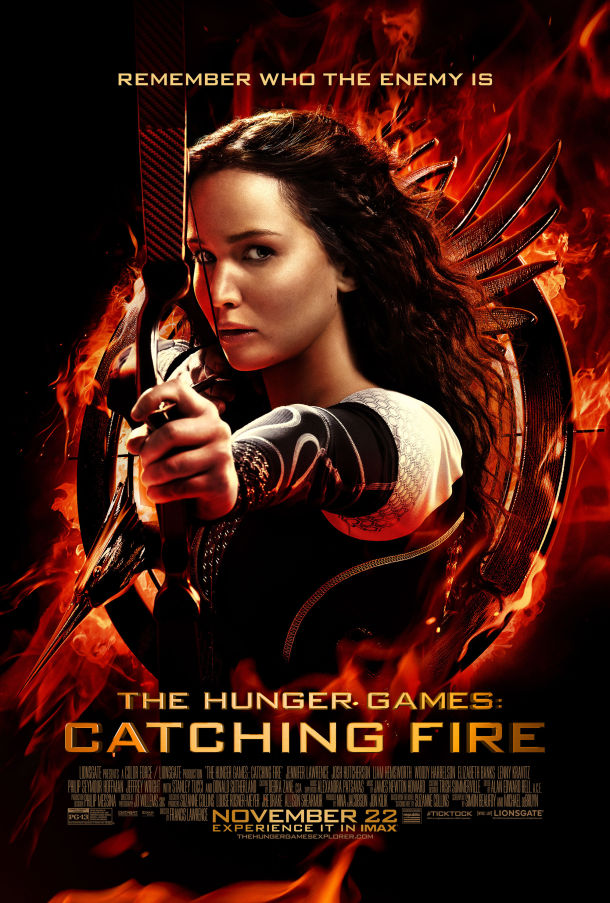 It’s clear from their first visit to another district that civil unrest is brewing. Katniss’ attempt to pay her respects to her friend and fellow tribute Rue completely backfires leading to the public execution of an innocent civilian. In her horror she realizes the Capitol will go to great lengths to squash a rebellion. Such great lengths in fact that this year, to celebrate the 75th year of the Hunger Games, evil President Snow (Donald Sutherland) decides to choose 24 tributes from the existing group of winners – 2 from each district. Snow knows that to keep his population civil he must squelch any opportunity for a rebellion by keeping the potential leaders at bay. He’s threatened by Katniss and Peeta and knows they are the wild card. Katniss has never played nice with the Capitol so the best way to end this in their eyes is to end her in the arena.
It’s clear from their first visit to another district that civil unrest is brewing. Katniss’ attempt to pay her respects to her friend and fellow tribute Rue completely backfires leading to the public execution of an innocent civilian. In her horror she realizes the Capitol will go to great lengths to squash a rebellion. Such great lengths in fact that this year, to celebrate the 75th year of the Hunger Games, evil President Snow (Donald Sutherland) decides to choose 24 tributes from the existing group of winners – 2 from each district. Snow knows that to keep his population civil he must squelch any opportunity for a rebellion by keeping the potential leaders at bay. He’s threatened by Katniss and Peeta and knows they are the wild card. Katniss has never played nice with the Capitol so the best way to end this in their eyes is to end her in the arena.
And herein lies the biggest problem I have with Catching Fire. Too often throughout the film, when motivations are very clear, they are also overtly stated. Characters will broadly draw the themes of the film by saying, “I’ve never seen hope like this in the people.” And, “We must put an end to the idea of Katniss Everdeen, not just the person.” Again, these themes are obvious and the film does a wonderful job of visually establishing them. But its clear screenwriter Simon Beaufoy doesn’t trust his audience enough to gather these on our own. His dialogue can also be very stilted and silly (much of this led to snickers throughout my audience.) When Katniss talks to Peeta or Gale about her relationship or desires in love in comes off as pseudo-Shakespearian bullshit. There are more than a few groan-worthy scenes sprinkled throughout.
Luckily we have Director Francis Lawrence on our side. The Director of I Am Legend was selected to replace Gary Ross after a fairly extensive search. The choice is inspired as Lawrence has dealt mostly in pulpy genre films in the past so Catching Fire is right in his wheelhouse. I felt the first film (probably due to it’s limited budget) had a tough time establishing the reality of the world of Panem. In Catching Fire Lawrence builds a fully realized world, using the “Victor’s Tour” as a seamless way for the audience to gather information about this oppressed, restless place. His style also completely eliminated the shaky-cam from the first film establishing oft-gorgeous shots (one still shot – early in the film finds Katniss daydreaming while looking out the back window of a train – is stunning) and much more coherent action.
With a bigger budget also comes a bigger cast, which Lawrence employs remarkably. Jennifer Lawrence – as the lynchpin Katniss – is given much more emotional material in this chapter and easily has the range to deliver it. Liam Hemsworth as Gale isn’t asked to be much more than super hunk while Woody Harrelson and Elizabeth Banks both return as Haymitch and Effie Trinket. They are both accomplished actors having fun with their ridiculous hair-do’s and outrageous dialogue. The film has a wry sense of humor when they’re on-screen. Newcomer Phillip Seymour-Hoffman as Head Gamemaker Plutarch Heavensbee is clearly having fun in his role and brings his usual brand of steely-eyed stoicism.
Unfortunately the film (and series) is still strained by the role of Peeta Mellark played by Josh Hutcherson and his relationship with Katniss. In the book Peeta is a fast-talking charmer who uses his wit more often than his brawn to overcome his physical limitations. His confidence with Katniss is clear and you understand how hard it must be for her to choose between her two loves. However in the films Hutcherson doesn’t imbue Peeta with that inherent confidence and it’s never convincing that he will win Katniss over. Instead it just feels like the film has to because of the novels. It’s a shame because Hutcherson is capable but the script does him no favors.
What’s good for The Hunger Games is that nothing I wrote above should (or will) dissuade anyone from seeing it – nor should it. In a world where Hollywood is churning out the same old shit on a weekly basis I admire the effort on display here. Warts and all, Catching Fire is a massive improvement on the original film. Mr. Lawrence should be commended for finally visualizing Panem in a stunning way. He’s returning for the final two films and I can’t think of a better leader for the upcoming rebellion.

